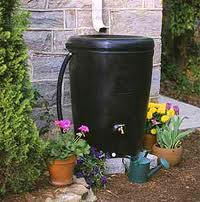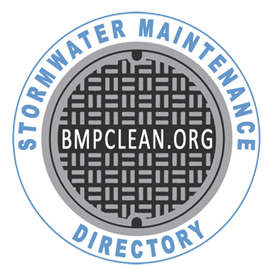One part of stormwater maintenance that tends to go un-noticed is emergency responses. This is definitely some of the more glamorous work that we do, especially in the summer time! To bring this usually unknown service into the spotlight, we will be publishing some posts on the various types of responses. So – drum roll please – Introducing our emergency response series!
One major type of emergency response is for dumpster leak cleanups. This type of spill can occur at sites that dispose of any type of waste that may include liquid. So that can include a wide range of stores – from grocery stores to hardware and auto part stores.
Many dumpsters and large compactors are intended to be watertight and protected from rainfall. However, all too often the compactor seals fail or waste management firms do not install them correctly which results in squeezing out liquids every time the compactor operates. Not a great result.
Other types of stand-alone dumpsters may have open tops and weep holes that allow rainwater to enter. Once it saturates the contents of the dumpster, well-seasoned dumpster juice exits through the weep holes or open seams. Rather nasty, no?
As many know, the best way to capture stormwater pollutants is at or near the source, thereby keeping them from ever entering the stormwater management system. All too often we find that owners or tenants are unaware that their dumpster juice can be impossible to treat or remove once it enters the stormwater system. Many times, these spills are not seen until we arrive onsite to perform a routine inspection. However, some of our best clients have store personnel walk their sites daily looking for obvious issues – such as leaking dumpsters. Not a bad practice as other problems, such as safety issues, can also be identified with a simple walk-around.
Once we are dispatched, our priority is to contain the spill to keep it from entering the storm drain system. Once contained, we remove the material with either absorbants or vac equipment and treat the paved area to remove residual material. In some cases, the waste management firm removes the dumpster to allow cleaning beneath it.
Have experiences or opinions with the subject of dumpster cleanups? Leave a comment, we’d love to hear from you. Look for more emergency response topics in the future.




































